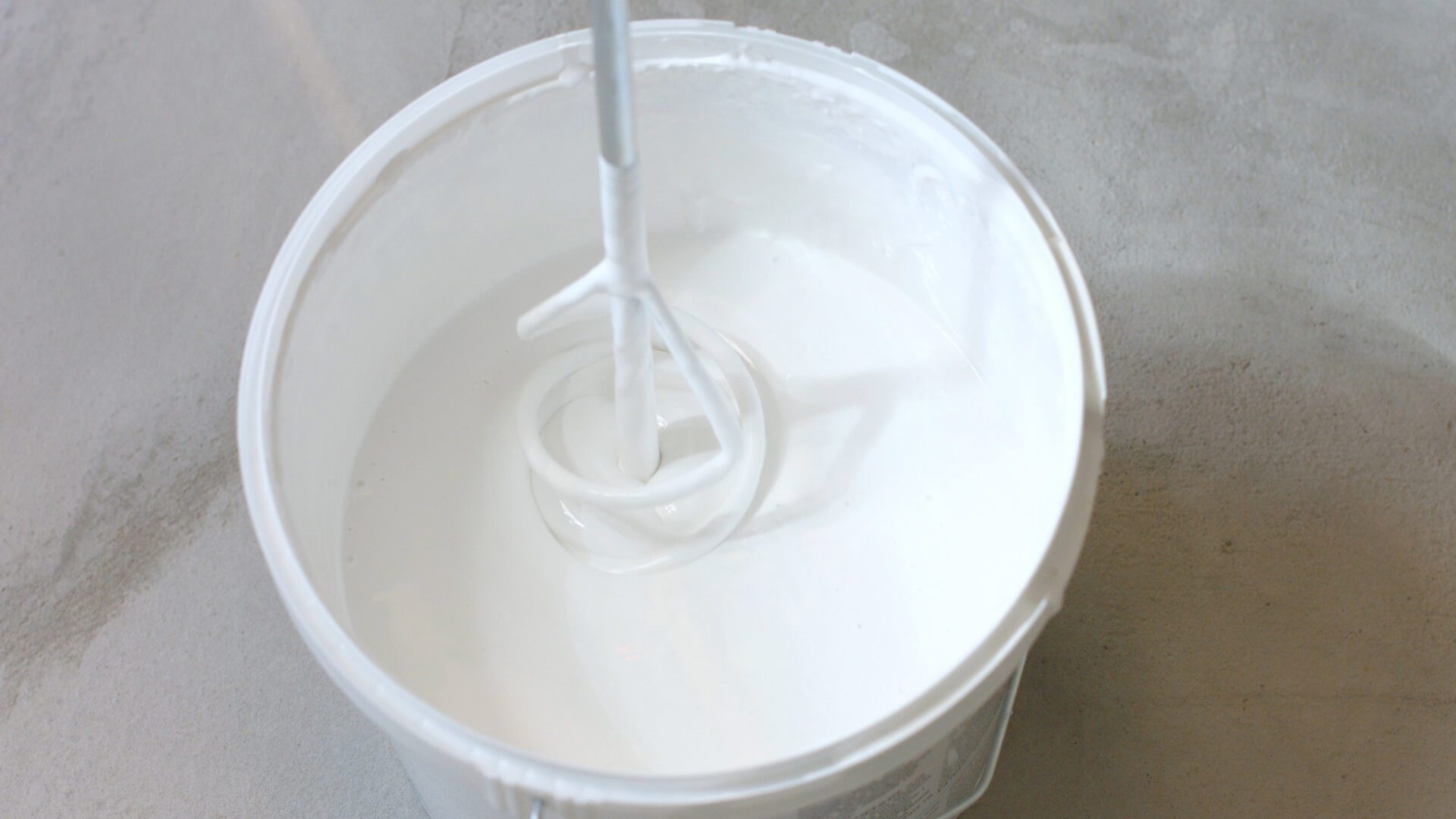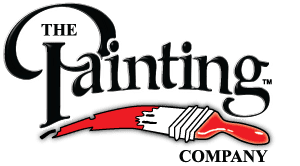
How is Paint Made?
With your newly painted walls completed, have you ever sat back and wondered what was in the paint that now covers your home? The combination that forms paint is a mixture of ingredients, chemicals, and pigments. While there a vast variety of paint products offered on the market today, the different components that make up the products can impact the outcome of your redesigned space. Here is what to you need to know about how paint is made; all paints generally have four main ingredients – pigments, binders, solvents (liquids), and additives.
Pigments
The pigments within paint are finely ground particles that provide the color. Generally, there are both prime pigments and extender pigments mixed within the paint. Prime pigments contribute to both the wet qualities and the dry qualities in paint, and prime pigments also have two categories as well – organic and man-made.
Organic colorant pigments provide brighter colors, such as yellow and blue. However, they are not very durable for exterior paint application.
Man-made colorant pigments are duller, earthy, neutral colors, which are durable for exterior paint application. Examples of these kinds of pigments are brown, sage green, and tan.
Besides prime pigments, there are also extender pigments. These are lower cost than the prime and add extra weight and bulk to the paint. Extenders help with the appearance of gloss on the surface of the paint and provide extra surface coats for areas of abrasion resistance. Commonly used extenders are clay, silica, diatomaceous silica, calcium carbonate, talc, and zinc oxide.
Binders
Binders are the next element of paint, and they provide a binding effect that holds the pigments together to create a dry film on the surface. A paints binder is the key ingredient that directly relates to the performance of the paint, such as adhesion, washability, scrub resistance, fade resistance, and gloss retention.
Oil based binders are made from various oil derivatives, and dry to a very hard finish and provide superior adhesion. Another name for a paint binder is resin.
Solvents
Solvents, or liquids, are how the paint gets from the can to the surface, and the type of liquids differ depending on the type of paint. In oil-based paints, the liquid is typically paint thinner, while in latex paint, the liquid is primarily water.
Higher quality paints allow for more solids, typically 35-40% depending on the gloss level. Solvents indicate how much paint will remain on the surface, and the overall paint quality and performance is directly connected to the makeup of the paint solvents.
Additives
Additives are used in paints to create additional performance properties and the most used are thickening agents, surfactants or soaps, biocides, defoamers, and co-solvents. All of these in some way provide properties that help make the paint better, such as adding thickness, providing paint stability to prevent separation, keep bacteria from growing, and assisting the binders to form a good topcoat film on the surface.
Combining the ingredients
There are a few critical parts in the paint manufacturing process. This includes the measurement of ingredients, preparation and pigment dispersion, laboratory testing, and canning. First, the ingredients are measured and weighed on scales, and pigments are added. The pigment powders are often small and stick together, so they are broken down with the resin binder and additives in a process called dispersion. Industrial paint mixer machines are also used to combine and disperse the pigments on a professional standard.
Get to painting!
Now that you know what is in paint and how the ingredients work together to make the perfect coat of paint, call Nevada Painting Company today to get it in your home. With over 15k painted homes, an on-site foreman on every job, a home diagnostic progress, and a color consultant to help with every color selection, Nevada Painting Company is the best in the business. Plan your paint job today!
